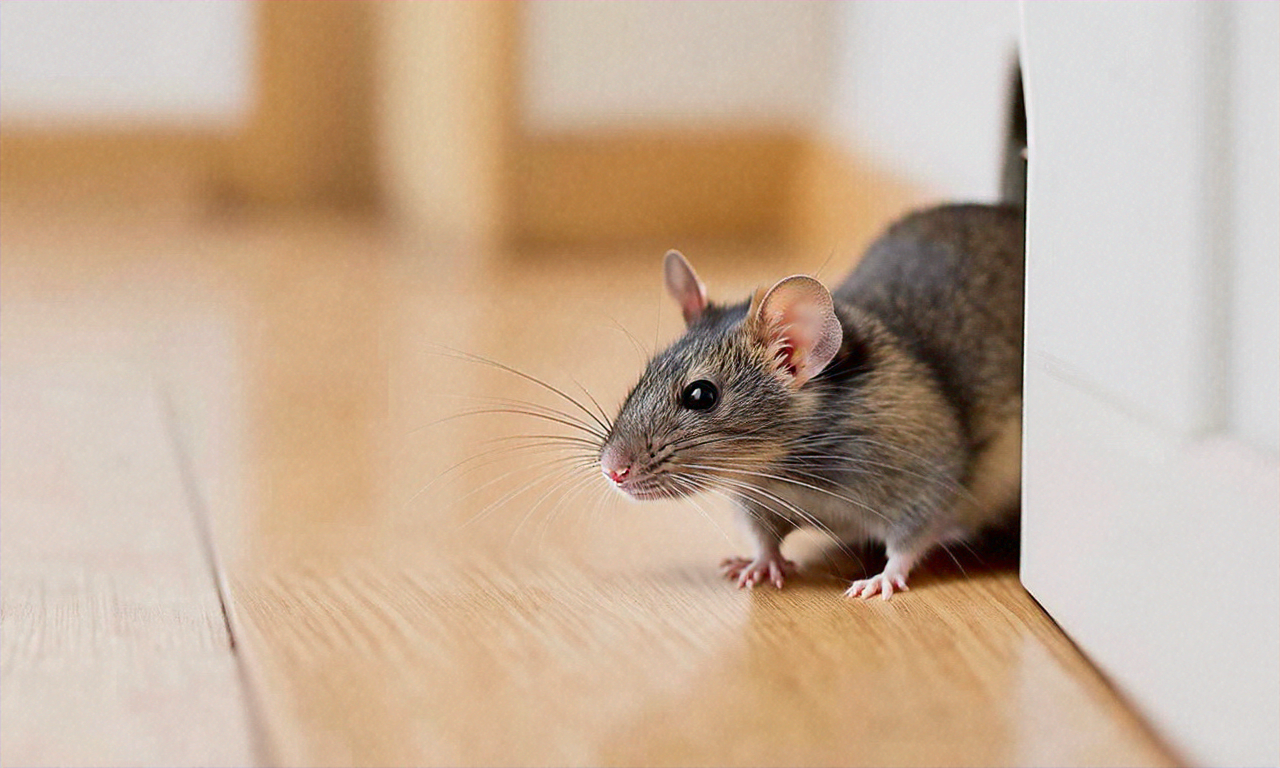Home Pest Protection: Complete Defense Guide for Homes
Fortify your living space against ants, rodents, bed bugs, termites and other common household pests. This comprehensive guide covers identification, smart prevention tips, proven control techniques, and how to choose certified pest professionals. Learn pest prevention, integrated pest management, eco-friendly options, and what to look for in a reliable service to keep your home safe and pest-free.

Keeping your home free of pests requires knowledge, routine maintenance, and the right response when trouble appears. This guide walks you through spotting common invaders, preventing infestations, choosing effective control methods, and selecting qualified professionals when you need help. Use these practical strategies to protect your property and the health of everyone who lives there.
Recognizing Common Household Pests
Knowing what you might encounter makes it easier to respond quickly and appropriately.
-
Ants: Small but persistent, ants search for food and water and leave scent trails that attract more workers. Different species require different approaches, so identifying them helps target treatments.
-
Cockroaches: Highly adaptable and fast-breeding, cockroaches contaminate food and surfaces and can trigger allergies. Their resilience means inspection and sustained control are often necessary.
-
Rodents (mice and rats): These mammals gnaw through insulation and wiring, damage structures, and spread diseases via droppings and parasites. Signs include droppings, chew marks, and scurrying noises in walls.
-
Termites: Often unseen until significant damage has occurred, termites feed on wood and can undermine a building’s structural integrity over time.
-
Bed bugs: Nighttime feeders that hide in mattresses, furniture seams, and cracks. They reproduce quickly and are notoriously difficult to eliminate without targeted treatments.
Learn which pests are common in your region to prioritize monitoring and preventive steps.
Practical Prevention Strategies
Consistent, proactive habits are the best defense against infestations.
-
Seal gaps and cracks: Inspect foundations, siding, windows, utility entries, and rooflines. Seal openings with caulk, weatherstripping, or mesh to block entry points.
-
Keep it clean: Wipe counters, sweep floors, and avoid leaving food out. Immediate cleanup of spills and crumbs removes attractants.
-
Store food properly: Use airtight containers for dry goods and keep pet food sealed. Regularly empty indoor trash and use bins with tight-fitting lids.
-
Control moisture: Repair leaky pipes, improve ventilation in crawlspaces and attics, and use dehumidifiers where needed. Many pests thrive in damp conditions.
-
Maintain the yard: Trim vegetation away from the house, remove debris and wood piles, and eliminate standing water to reduce harborage and breeding sites.
Regularly performing these tasks reduces the likelihood pests will settle in and multiply.
Control Options When Prevention Isn’t Enough
When an infestation develops, choose methods suited to the species, severity, and your safety concerns.
-
Chemical treatments: Pesticides can be highly effective but must be used according to label directions. Consider toxicity, potential exposure to children or pets, and environmental impact.
-
Biological controls: Natural enemies, such as beneficial nematodes for lawn grubs, offer environmentally friendly suppression without synthetic chemicals.
-
Physical measures: Traps, exclusion devices, screens, and bed encasements remove or exclude pests without toxins.
-
Integrated Pest Management (IPM): IPM combines monitoring, prevention, mechanical controls, biological agents, and limited, targeted chemical use to manage pests sustainably and minimize risks.
-
Thermal treatments: High-heat applications are especially effective for bed bugs, reaching lethal temperatures deep in mattresses and furniture without chemicals.
-
Fumigation: For severe, widespread infestations (such as advanced termite or pantry pest outbreaks), fumigation or tenting may be necessary. These methods require professional execution and temporary evacuation.
The right approach depends on the pest type, infestation level, and safety priorities.
| Service | Typical Price Range |
|---|---|
| Inspection | $50–$150 |
| Preventive treatment | $75–$300 |
| Extermination (single visit) | $150–$600 |
| Fumigation / structural treatment | $1,000–$4,000 |
Cost disclaimer: Prices are estimates and vary by region, property size, accessibility, and severity of infestation. Contact pest control providers for precise quotes.
Why Professional Certification Matters
Choosing certified technicians matters for safety, compliance, and effectiveness. Certified professionals have training in pest biology, safe chemical handling, legal requirements, and the latest control techniques. Proper licensing also ensures companies follow regulations and use approved products responsibly, reducing risks to people, pets, and the environment.
How to Choose the Right Pest Control Service
When evaluating providers, consider several factors:
-
Credentials: Verify licenses, certifications, and insurance. A reputable company will provide documentation on request.
-
Experience and references: Look for companies with proven experience dealing with your specific pest and read customer reviews.
-
Methods offered: Favor firms that emphasize IPM, offer eco-conscious options, and tailor plans to your home rather than applying blanket treatments.
-
Customized plans and guarantees: A good provider will assess your property, recommend a tailored strategy, offer clear pricing, and stand behind their work with warranties or follow-ups.
-
Transparency: Expect clear explanations of the products used, treatment schedules, safety precautions, and costs.
National names such as Orkin, Terminix, Ehrlich, Aptive Environmental, and Rentokil may offer broad resources, while local specialists can bring knowledge of area-specific pests and conditions.
Final steps to a pest-free home
Protecting your home combines vigilance, routine maintenance, sensible prevention, and informed choices when control is needed. Start by identifying likely pests, adopt the prevention habits described here, and select control options that align with your safety and environmental priorities. For persistent or large infestations, rely on certified professionals who can deliver targeted, effective solutions. With steady attention and the right partners, you can maintain a comfortable, healthy, and pest-free living environment for years to come.






